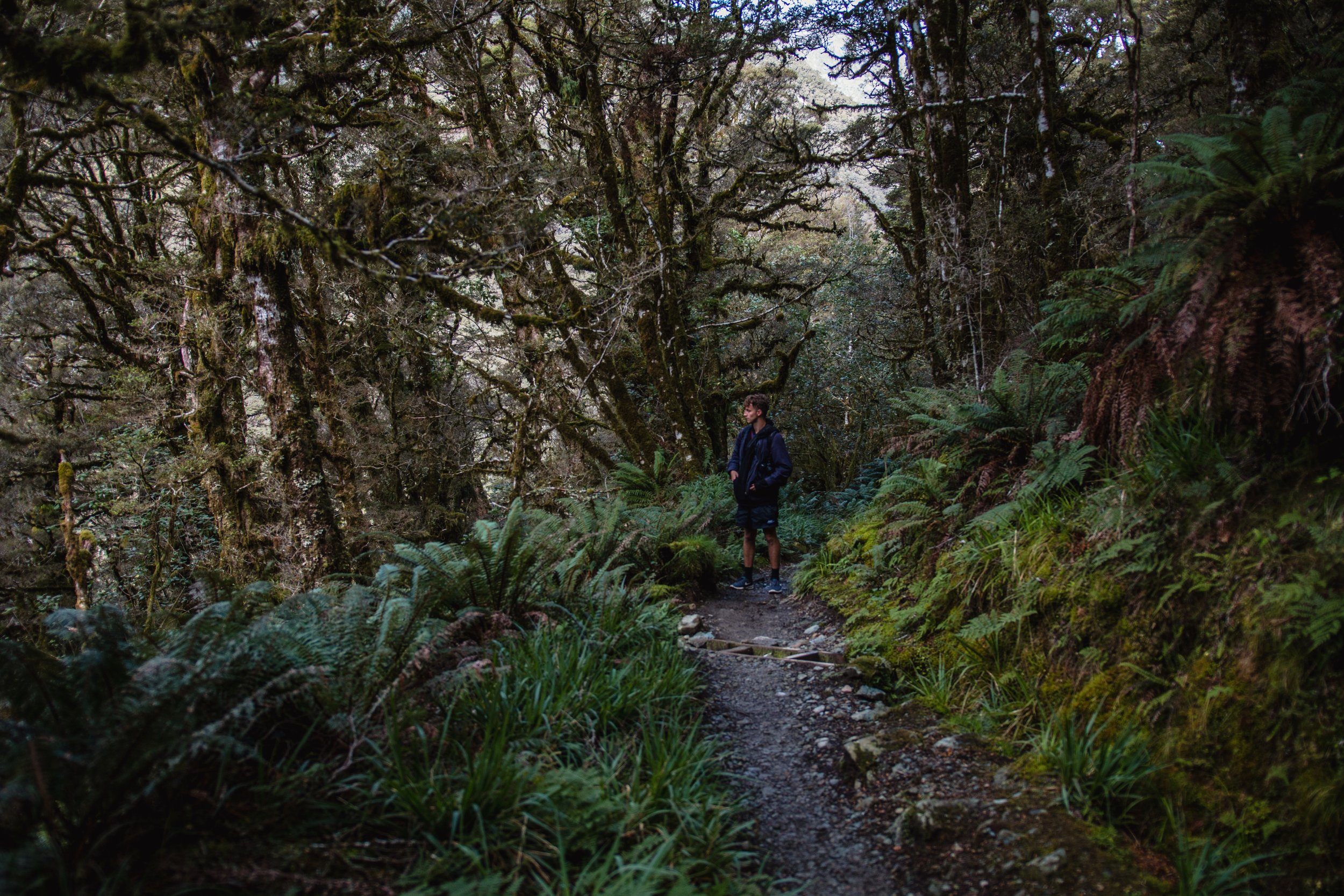
Our Research | Being Manuhiri
Arriving with care in the places you cherish
Page Quicklinks
All images courtesy of Maanaki Whenua Landcare Research
Key Research Aims
This research aims to:
inform the establishment and
evaluation of co-management
and co-governance relationshipscontribute to guidance documents
for crown agencies and
local government.
Funded Years: 2020/21
Research Brief
Environment and recreation groups in Aotearoa New Zealand are navigating a shift from linear, siloed environmental management to collective management. As co-management of (and with) places becomes more typical, community groups (e.g., tramping, pest control, and mountain biking) find they are changing how they relate with places, tangata whenua, and crown agencies involved with these places.
In some parts of Aotearoa New Zealand this is a journey of learning to be manuhiri. Co-management of places is being enabled through Te Tiriti o Waitangi settlements establishing co-governance agreements; the Resource Management Act (1991); related memorandums of understanding; or special legislation supporting collaborative decision making driven by tangata whenua. Behind all these initiatives is a raft of workstreams which have gathered capacities for more relational ways of caring for the environment and generated momentum for co-produced environmental and cultural practices.
Co-produced knowledge opens alternative worlds and develops new social contracts. The social knowledge presented here via the Arriving with Care Discussion guide and related Being Manuhiri resources was generated and gifted through relationships of people embodied with nature in specific places. We do not provide a detached static description which can be generalised without recognition of the context it is generated from. Hence, with an ethic of reciprocity we build off contributions from Indigenous scholars, kairangahau Māori colleagues and those intentionally creating spaces (in organisations, budgets and funding processes, review practices, etc.) for Indigenous knowledge and practices.
Research Outcome
The Arriving with Care Discussion Guide and related Being Manuhiri resources support environmental researchers and practitioners to arrive with care in the places they are exploring. The resources help groups move beyond the paralysis generated when their members become cognisant of the enormity of devastation (and trauma) tangata whenua are working through. Furthermore, this work contributes to the conversation in Aotearoa New Zealand about how we can know we are building enduring trustful Tiriti o Waitangi based partnerships.
Stakeholder response “I have found, learning more via your material significantly affects how I view land management and people in general – especially if I’m reading history etc. alongside. All these little bits of information and some general principles have been just so important for me to get a better picture of my job. Getting my head around historic, legacy, cultural, societal, world view, myth, metaphor and morality (of all cultures involved) gives me much clearer appreciation of these complex issues. It does not provide a clear picture, it makes the picture more complex, but it provides me with a clearer appreciation – a lot of the why and how”.
Project Resources
On Manaaki Whenua Website
Access this webpage and scroll down for extensive resources including:
Discussion guide for environment and recreation groups
Attributes required for engaging with Māori
Principles for collaborating with Māori
Additional resources & references
Learning about Te Tiriti o Waitangi commitments
Fostering enduring trustful partnerships
Working with mātauranga
Taking care of the environment, supporting te mana o te taiao
Typically, across Aotearoa New Zealand, manuhiri is translated into English as guests and visitors with reference to the values and etiquette associated with arrival at a marae (gathering space) or new place. Manuhiri conveys an encounter and relationship with tangata whenua through invitation and shared responsibility. Being manuhiri is a practice and identity which is part of:
being Māori and
being Pākehā (non-Māori New Zealanders with a British settler background) and
being Tauiwi (all those in Aotearoa New Zealand who are not Indigenous).
It is also an important positionality adopted by kaupapa Māori researchers (Māori researchers working with a Māori philosophical doctrine). Other related identities and concepts included:
kaimanaaki (those who provide care)
tangata tiriti (the people of te Tiriti o Waitangi who are in relationship with tangata whenua)
allies (people who actively support Indigenous interests).
Peer Reviewed Publications
Greenaway, A., Hohaia, H., Le Heron, E. et al. Methodological sensitivities for co-producing knowledge through enduring trustful partnerships. Sustain Sci (2021). https://doi.org/10.1007/s11625-021-01058-y
As Aotearoa New Zealand’s Department of Conservation withdrew from conventional management of Te Urewera, there was a gathering momentum internationally to hear the voice of rivers, forests, and lakes. Now legislation enshrines and empowers this for Te Urewera and Ngāi Tūhoe have responded to the gravity of all that is now visible through the Department of Conservation’s re-imagining of its relationship with Te Urewera. In their response they have gifted alternative and generous re-visioning’s of how people and nature care for each other, also signalling how researchers and practitioners might arrive more justly and sustainably in places through encounters with Indigenous peoples and their knowledge systems.



